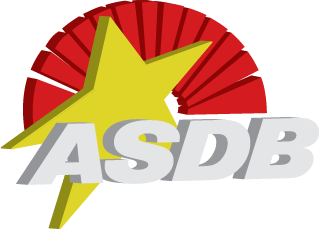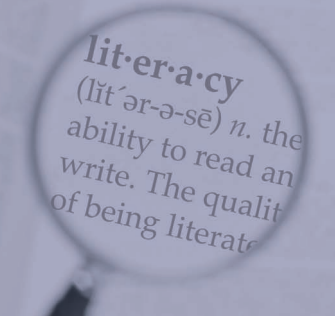
by Oran Tkatchov | Nov 25, 2019 | AzMERIT, EEI, instruction, instructional assistant, instructional assistants, Itinerant Teacher, language, learning, Literacy, pararpros, Reading, Spoken Language, Standards, Strategies, Teach and Enrich, teaching, Writing
This report identifies writing practices found to be effective in helping students increase their reading skills and comprehension and also provides examples of what these writing practices can look like within a classroom. Click here to read the report.
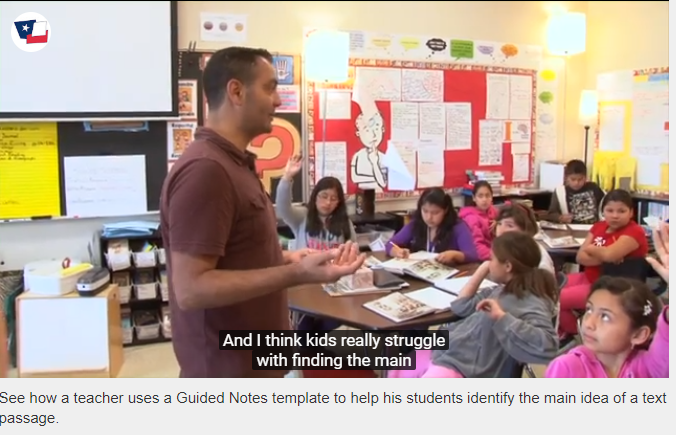
by Oran Tkatchov | Nov 19, 2019 | comprehension, disabilties, IEP/MET, instruction, instructional assistant, learning, Reading, science, special education, Standards, Strategies, Teach and Enrich, teaching, UDL, Writing
Guided Notes are teacher-prepared handouts that outline lectures, audiovisual presentations, or readings, but leave blank space for students to fill in key concepts, words, facts, definitions, etc. Guided Notes promote active engagement during lecture or independent...

by Oran Tkatchov | Nov 1, 2019 | Blind, Curriculum, Deaf, described, history, instruction, instructional assistant, instructional assistants, Itinerant Teacher, language, learning, Literacy, LSL, pararpros, Reading, Standards, Strategies, Teach and Enrich, teaching
In 1990, a federal resolution designated November as “National American Indian Heritage Month.” Similar proclamations have been issued every year since 1994, and we now refer to this celebration as “American Indian and Alaska Native Heritage Month.” These captioned...
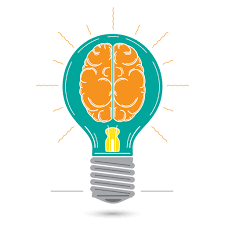
by Oran Tkatchov | Oct 17, 2019 | Deaf, EEI, instruction, instructional assistant, instructional assistants, Itinerant Teacher, language, learning, Literacy, pararpros, Reading, Spoken Language, Standards, Strategies, Teacher Leaders, teaching
This document from the Florida Center for Reading Research contains six intervention activities for the literacy areas of text comprehension, text analysis and cause and effect. These would be appropriate for grades 2 or higher, and could be used as center activities...

by Oran Tkatchov | Oct 16, 2019 | AzMERIT, Deaf, Early Childhood, instruction, instructional assistant, instructional assistants, Itinerant Teacher, language, learning, Literacy, LSL, pararpros, Reading, Spoken Language, Strategies, Teacher Leaders, teaching
Sight Words Memory is the standard memory card game — sometimes called Concentration — with the additional element of having the student read or sign the word on each card as they turn it over. This provides a lot of opportunities for repetition in sight reading, word...
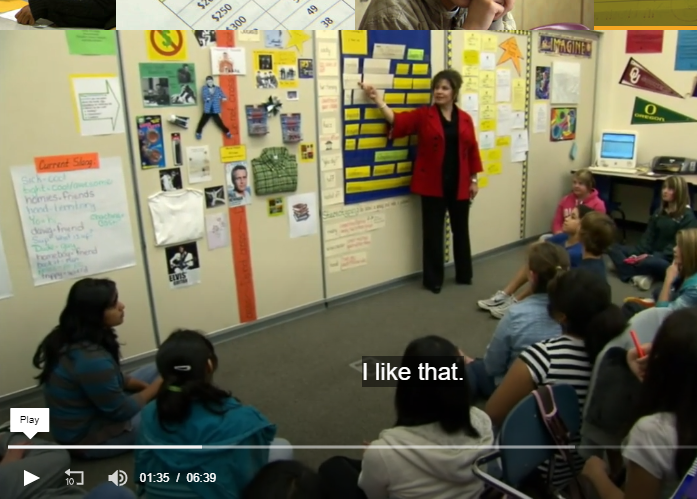
by Oran Tkatchov | Oct 14, 2019 | EEI, instruction, instructional assistant, instructional assistants, language, learning, Literacy, LSL, Reading, special education, Spoken Language, Standards, Strategies, teaching, Writing
This video from the Teaching Channel shows how to use a word wall as a way to teach vocabulary or inferences that students will need to know in order to complete a book or lesson unit. Click here to watch the video







